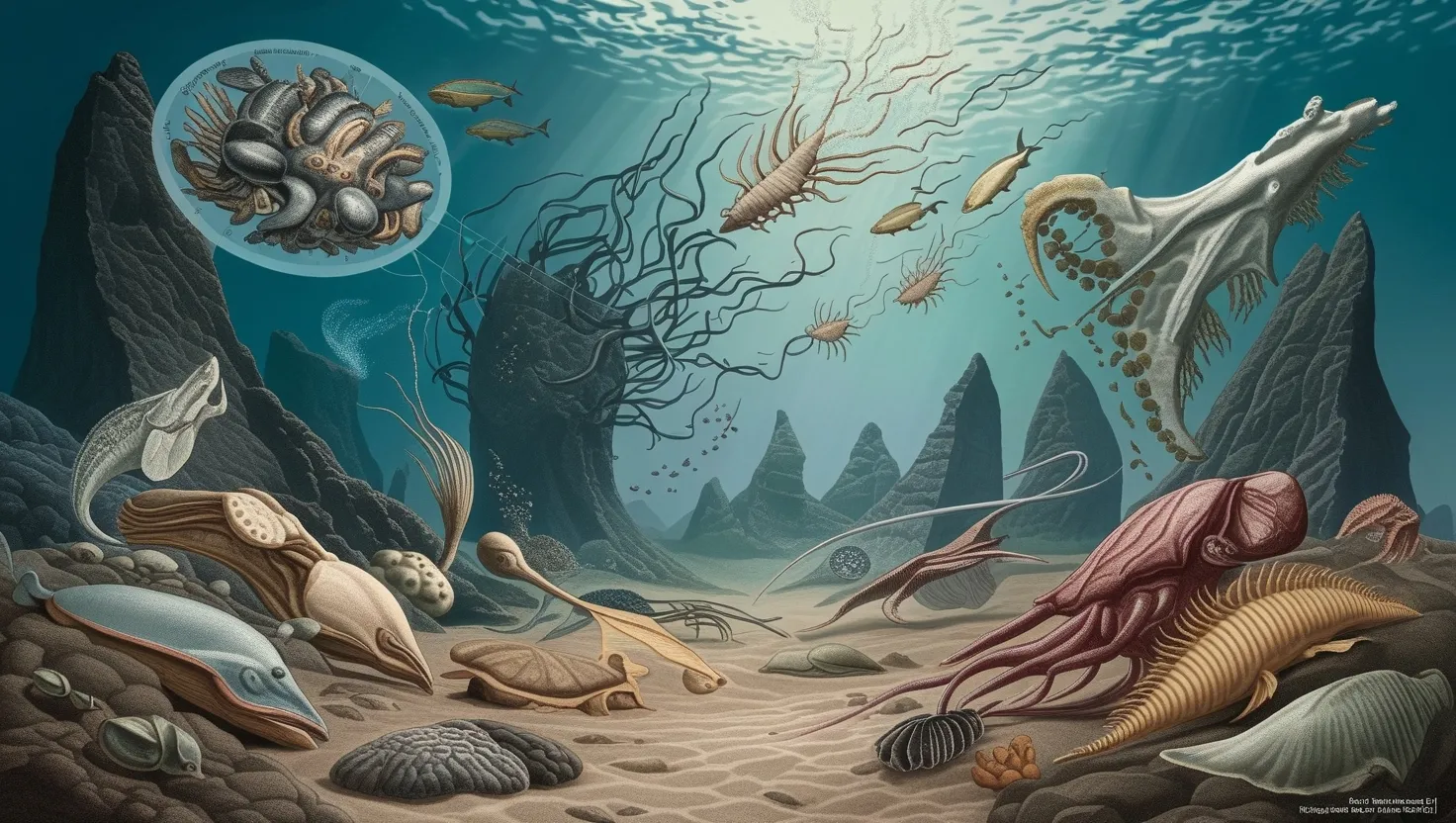Cambrian Paradox: How 500-Million-Year-Old DNA Challenges Evolution Theory
Discover how recent genomic analysis of Cambrian fossils challenges evolutionary theory. Explore the puzzling genetic sequences that suggest advanced patterns in 500-million-year-old organisms. Read more about this scientific mystery and its implications for our understanding of life's origins.

Antarctic Ice Core Anomaly: Hidden Climate Engineering Evidence Challenges Historical Narratives
Discover the Antarctic Ice Core Anomaly: synthetic compounds and metal nanoparticles found in ice predating their invention. Explore how these findings challenge climate history and suggest early geoengineering efforts. Read about this scientific mystery today.

8 Unexplained Cases of Mass Memory Loss That Defy Scientific Explanation
Discover 8 mind-bending cases of collective amnesia where groups forgot major events together. From vanishing days to contradictory memories, explore how shared recollections can mysteriously disappear. What does this mean for history's reliability?
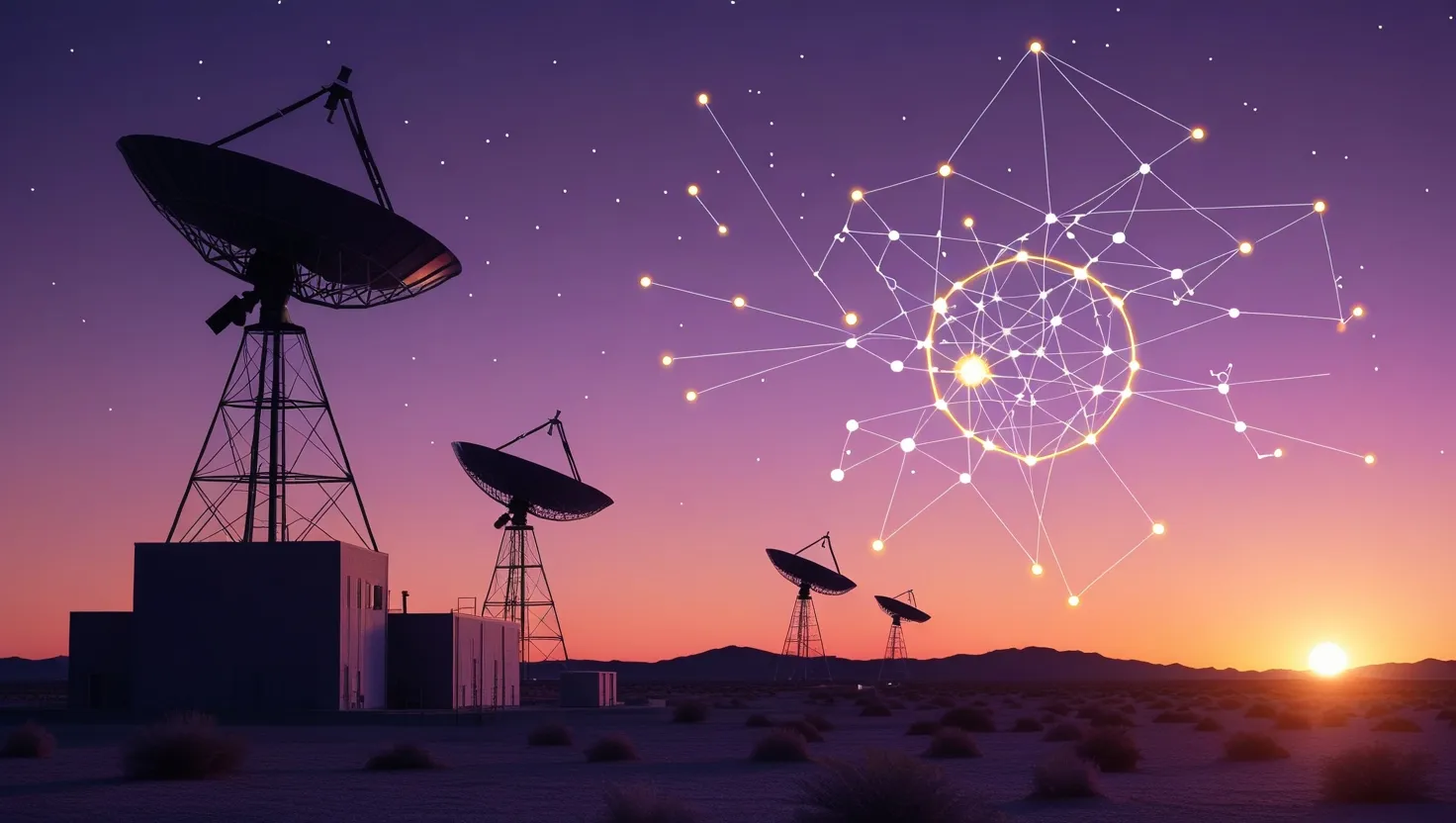
Pine Gap's Quantum Secret: Inside Australia's Teleportation Research Facility
Explore Pine Gap's quantum mysteries: Evidence of teleportation technology or elaborate conspiracy? Discover how unexplained quantum fluctuations near this secretive Australian-US base challenge our understanding of physics. Read more now.

The Bielefeld Conspiracy: Germany's Most Famous City That Doesn't Exist
Discover the Bielefeld Conspiracy: Learn why some believe this German city doesn't exist. Explore the intersection of myth, quantum physics, and human perception in this fascinating cultural phenomenon. #ConspiracyTheories
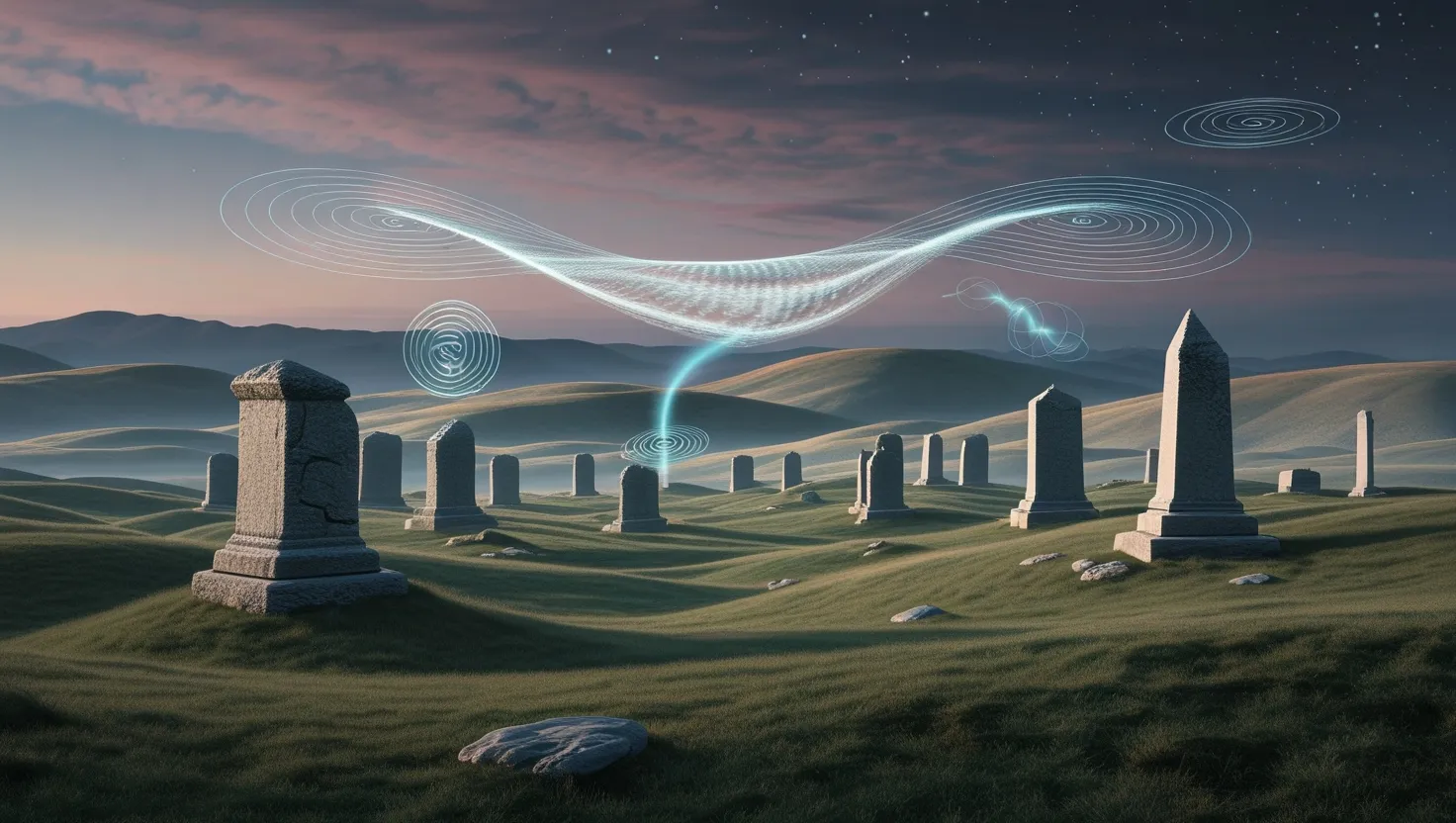
Quantum Anomalies in Earth's Magnetic Field: When Physics Defies Classical Theory
Discover how the Aharonov-Bohm effect challenges physics as quantum phenomena appear at Earth's geomagnetic anomalies. Explore the evidence behind these mysterious sites and their implications for technology and consciousness. Read more.
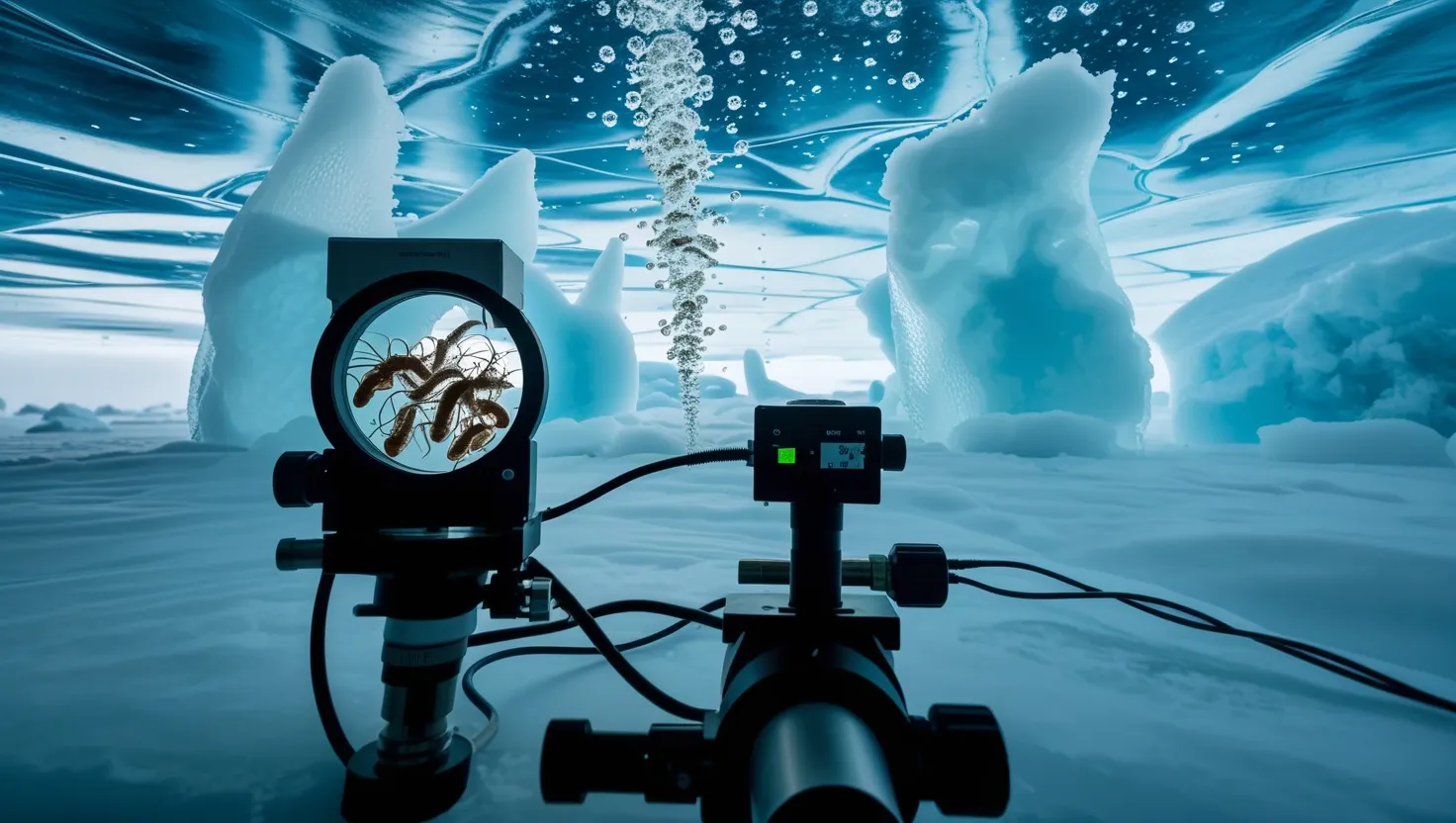
Antarctic Methane Microbes: Hidden Climate Influencers Beneath the Ice
Learn how Antarctica's methane-producing microbes challenge climate science and reveal possible Cold War secrets. Explore the intersection of microbiology and climate dynamics in Earth's most extreme environment. Discover the implications for global warming.
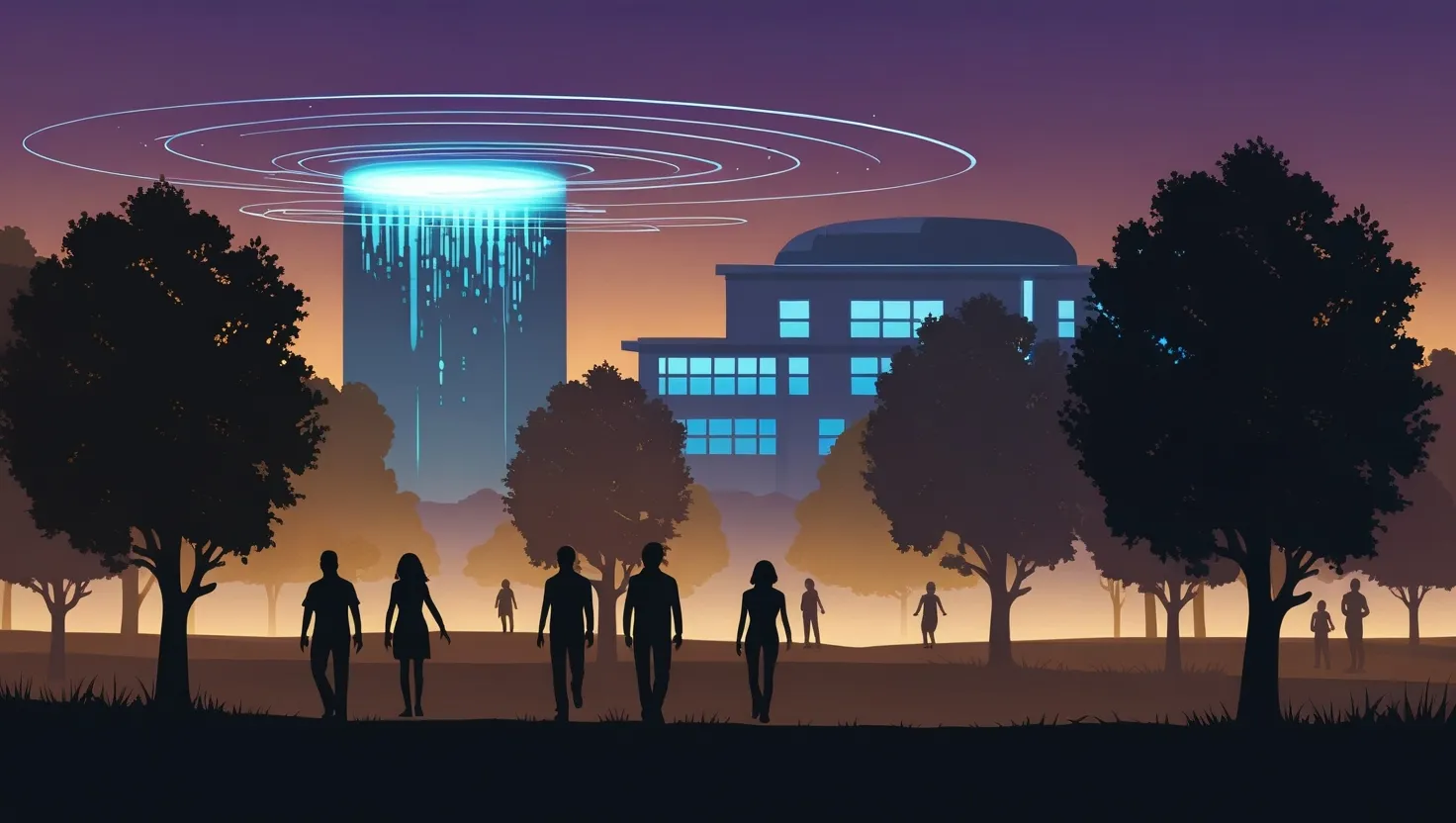
Quantum Entanglement of Minds: The Unexplained Cicada Grove Mass Memory Phenomenon
Discover the mysterious Cicada Grove Incident where quantum physics altered collective memories in a California town. Learn how classified experiments revealed startling connections between consciousness and quantum mechanics that challenge our understanding of reality.

Novichok Delta Paradox: Chemical Mysteries Behind Salisbury's Deadly Nerve Agent Attack
Explore the Novichok mystery that challenges scientific understanding of nerve agents. This toxicologist examines unexplained properties from the Salisbury incident and their implications for chemical weapons monitoring. Learn how these findings may reshape global security. Read now.

10 Shocking Financial Conspiracies That Shook Global Markets
Discover shocking financial conspiracies that threatened global markets—from the Hunt brothers' silver manipulation to the LIBOR scandal. Learn how hidden forces shape our economy and what risks remain today. #FinancialExposé

Revealed: How Sound Waves May Control Aurora Borealis Before It Appears
Discover how sound waves may manipulate our atmosphere in the Bioacoustic Aurora Phenomenon. Explore scientific evidence linking acoustic patterns to auroras and the possibilities of atmospheric engineering. Learn what this means for our understanding of natural phenomena.
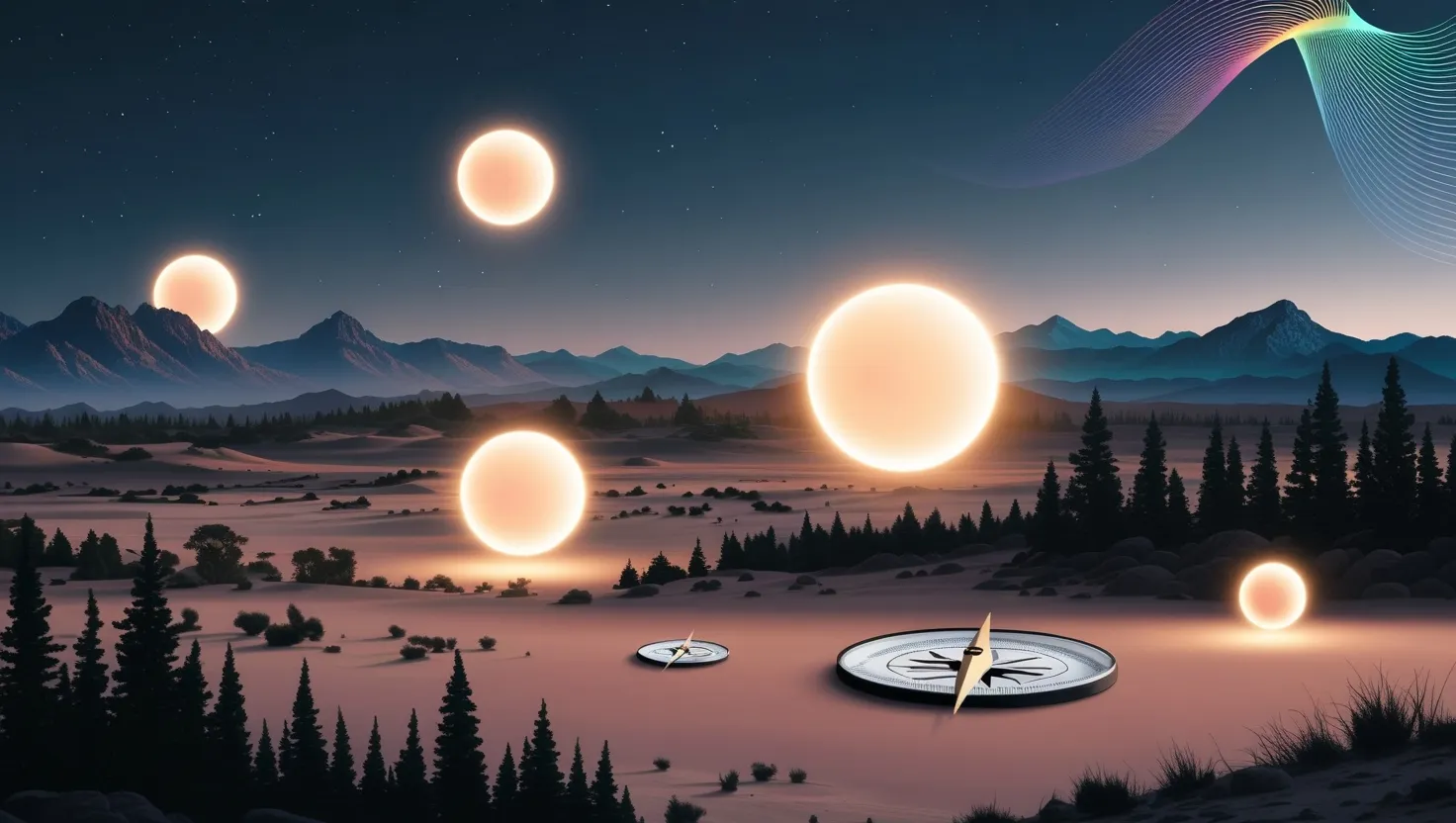
7 Unexplained Electromagnetic Anomalies That Challenge Modern Physics
Discover 7 global electromagnetic anomalies that defy scientific explanation. From Norway's Hessdalen Lights to Russia's Molebka Triangle, explore these natural mysteries and their measurable effects on instruments. Learn what scientists have uncovered so far.

8 Mysterious Phantom Islands That Vanished From Maps: Historical Conspiracies Revealed
Discover the mysterious world of phantom islands that appeared on maps for centuries only to vanish without a trace. Explore 8 intriguing landmasses that sparked conspiracy theories from medieval Ireland to modern Australia. Uncover the truth behind these geographical enigmas.
